Retro Replay Review
Gameplay
Mystic Diary: Lost Brother offers a classic hidden-object experience wrapped in a light adventure framework. Each scene presents itself as a mostly static tableau, requiring you to scour every corner for clues and inventory items. The cursor morphs into a magnifying glass when you hover over an interactive zone, making it easy for newcomers to spot puzzle elements. This approach keeps the pace steady, guiding players through a series of logic-based interactions and object hunts.
(HEY YOU!! We hope you enjoy! We try not to run ads. So basically, this is a very expensive hobby running this site. Please consider joining us for updates, forums, and more. Network w/ us to make some cash or friends while retro gaming, and you can win some free retro games for posting. Okay, carry on 👍)
The inventory system is straightforward: pick up items that fit logically in your surroundings or combine them to forge new tools. Drag-and-drop mechanics feel intuitive, though purists might find the solution logic occasionally too obvious. The casual target audience will appreciate the forgiving hint button, which highlights one hidden object per click, reducing frustration and maintaining narrative momentum.
Interlaced with hidden-object segments are standalone mini-games that break up the search sequences. Some challenge you to find a list of silhouettes, while others ask you to manipulate gears, locks or alchemical devices. These bite-sized puzzles add variety without overwhelming players, though veterans of the genre may crave deeper complexity.
The chapter structure is clear: collect your inventory items, solve environment puzzles, then finish with a final object-finding challenge before uncovering the magical symbol with the giant magnifier cursor. While the loop can feel repetitive after several chapters, it remains engaging thanks to steadily evolving locales and an increasing sense of urgency in the search for the missing brother.
Graphics
Visually, Mystic Diary: Lost Brother relies on richly detailed, painted backdrops that evoke the exotic settings of the late 19th century. From misty Moroccan dunes to candlelit European study rooms, each screen is meticulously crafted to immerse you in the magician’s globe-trotting quest. Subtle animations—glowing runes, flickering lanterns—bring life to otherwise static scenes.
Between chapters, monochromatic sketches and open-book cutscenes deliver narrative beats in a charming, storybook style. Though not fully animated, these interludes provide atmospheric flair and keep development costs modest, which is fitting for the casual market. The sepia-toned illustrations capture the period’s aesthetic and reinforce the sense of discovery.
Interactive hotspots sparkle gently when you’re hunting for objects, striking a balance between challenge and accessibility. Iconography is crisp and consistent: inventory slots are clearly delineated at the bottom of the screen, and the magnifier cursor pops visually when hovering. The user interface never feels cluttered, allowing the artwork to take center stage.
While hardcore gamers may long for dynamic 3D environments, the hand-painted 2D visuals of Mystic Diary have their own appeal. The art direction successfully evokes a sense of wonder and nostalgia, making travel between remote locales a visual treat for fans of illustrated adventure games.
Story
The narrative hook of a 19th-century magician searching for his lost brother sets a compelling stage for exploration. The emotional core rests on familial bonds and the fear of permanent separation, lending genuine purpose to each new puzzle. Short textual intros introduce each chapter’s location and hint at the brother’s fate, fueling player curiosity.
While dialogue and voice acting are absent, the story unfolds through evocative sketches and brief passages in an analogue diary format. This restrained storytelling approach fosters imagination: players fill in gaps, picturing the characters and dangers the magician might face. For a casual hidden-object title, this minimalist delivery works effectively without overburdening the gameplay.
The exotic locales—from windswept coastlines to secluded monasteries—serve as more than mere backdrops. They are woven into the plot, revealing clues about the brother’s journey and the mystical forces at play. The gradual buildup, culminating in the discovery of fiery magical symbols at each chapter’s end, maintains narrative tension.
Though the story doesn’t reach Shakespearean heights, it provides enough intrigue and thematic consistency to keep you invested until the final reveal. Fans of light adventure games and period mysteries will appreciate the measured pacing and atmospheric world-building.
Overall Experience
Mystic Diary: Lost Brother delivers a solid, approachable hidden-object adventure designed for players seeking casual puzzle-solving with a hint of magic. Its blend of inventory-based logic puzzles and traditional find-and-click challenges creates a familiar yet comfortable rhythm. The hint system and clear hotspot indicators ensure that frustration stays at bay, making it ideal for evenings of relaxed play.
The hand-painted graphics and monochrome story sketches cultivate a distinctive aesthetic, transporting you to exotic locales without needless extravagance. While the static scenes and simple interludes may strike some as dated, they contribute to a cohesive visual identity that complements the narrative tone.
The storyline—though not deeply complex—provides ample motivation to progress from scene to scene. The magistrate’s search for his brother, coupled with incremental reveals of mystical symbolism, sustains interest throughout the chapters. By the time you uncover the final magical sigil, you’ll have journeyed through a pleasing variety of environments and puzzle types.
For fans of casual hidden-object adventures, Mystic Diary: Lost Brother offers solid value and a gentle challenge. Its intuitive mechanics, atmospheric art, and steady storyline make it a dependable choice for players seeking an immersive yet low-pressure gaming session. If you enjoy exploring illustrated worlds and piecing together a Victorian-era mystery at your own pace, this title warrants a spot in your library.
 Retro Replay Retro Replay gaming reviews, news, emulation, geek stuff and more!
Retro Replay Retro Replay gaming reviews, news, emulation, geek stuff and more!

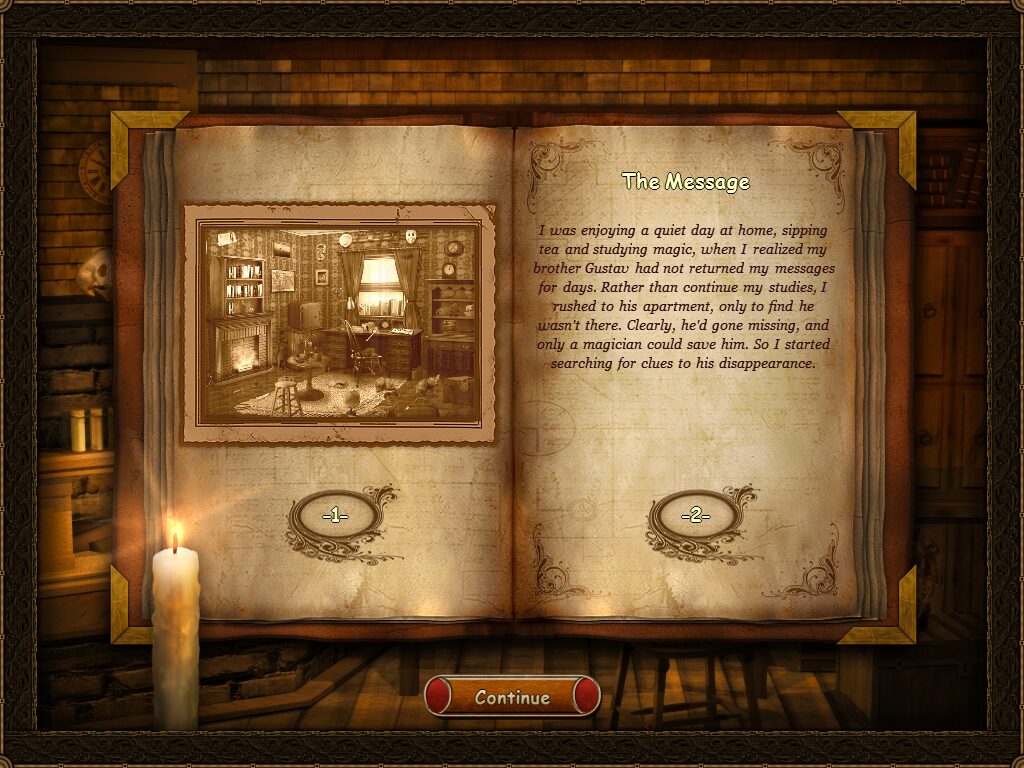
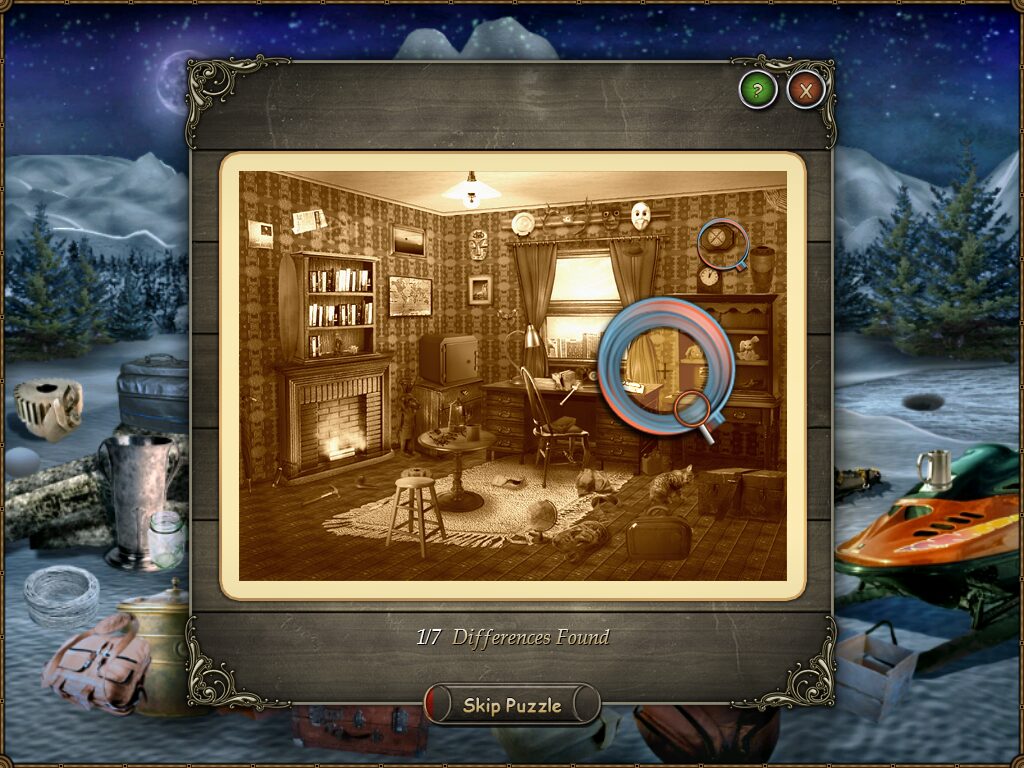
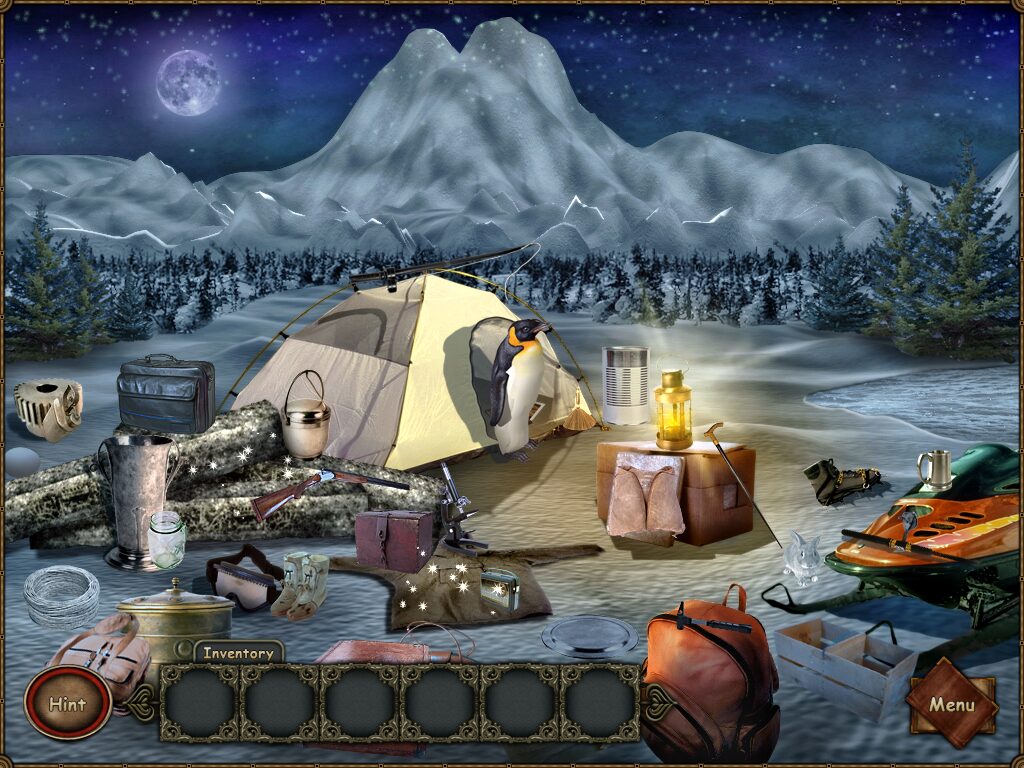
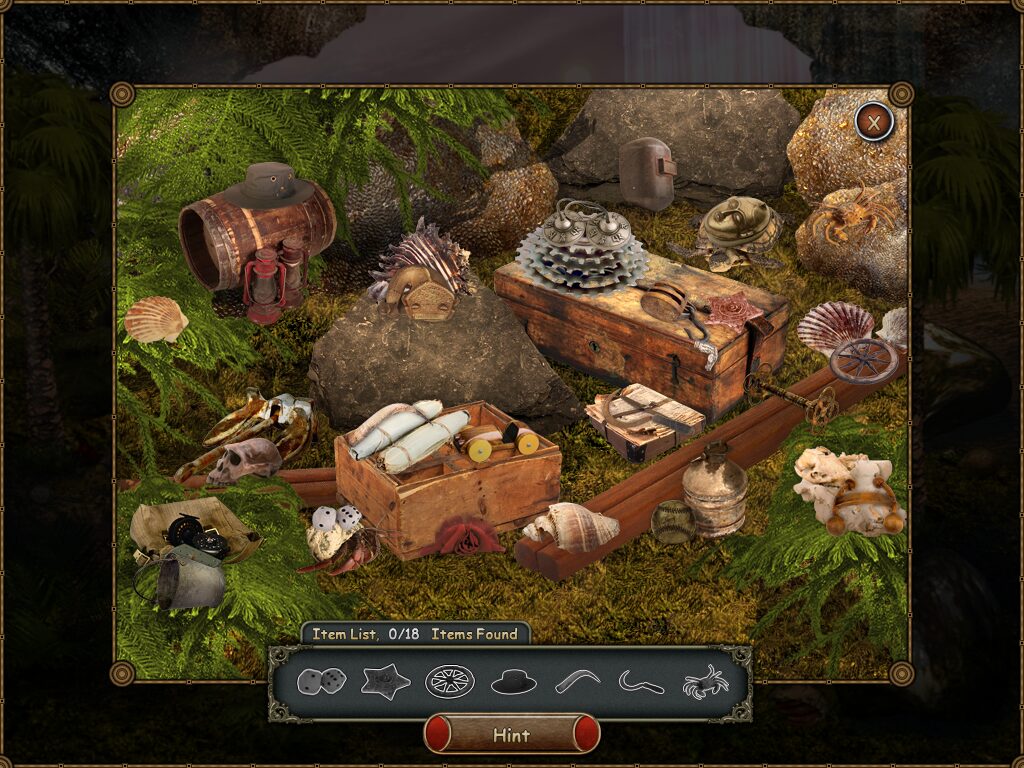
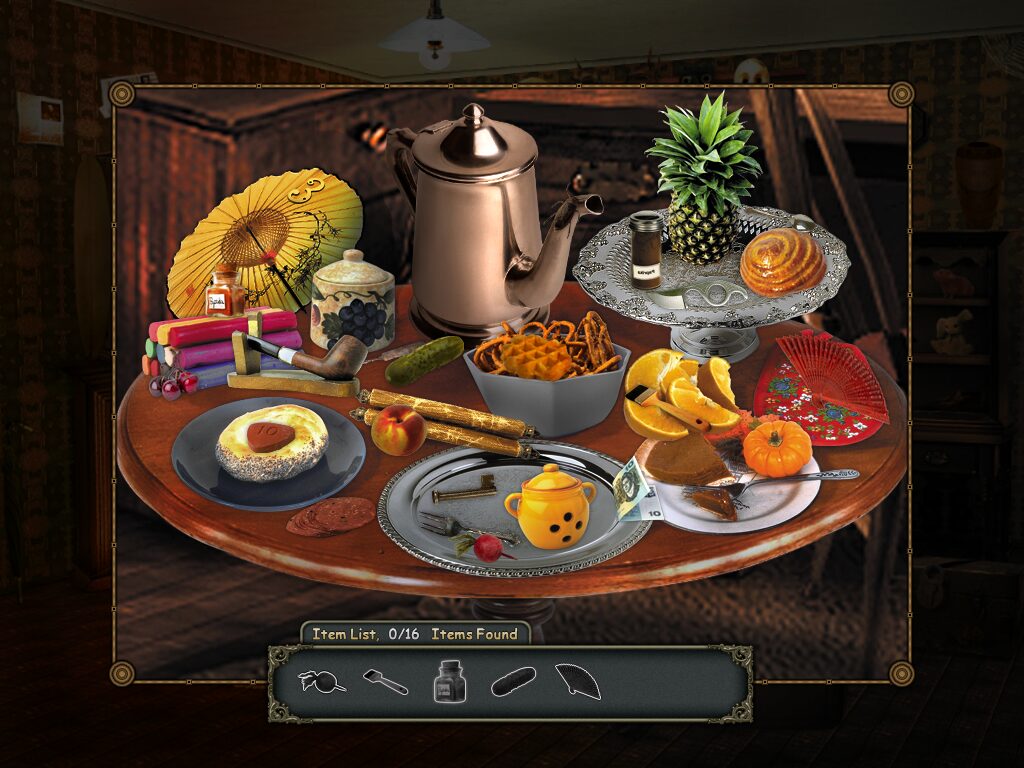


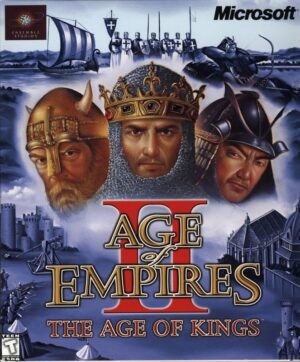
Reviews
There are no reviews yet.